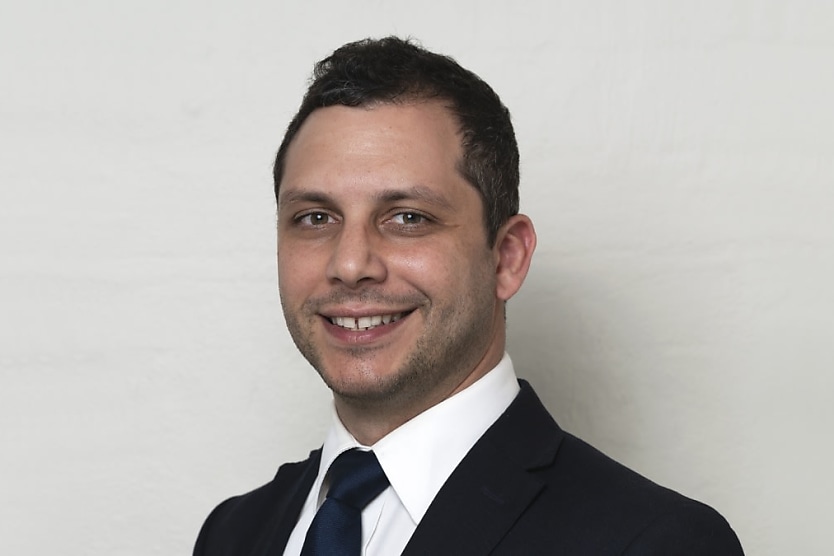
Psychosocial hazards are more buzzwords that have been floating around workplaces lately. But what do they mean, and how can you minimise the risks they pose?
Dr Patrick Aouad, co-founder and chief executive at CU Health, discussed the issue with HR Leader and offered his expert opinion on how to mitigate psychosocial hazards.
“Psychosocial hazards in the workplace relate to anything organisational or structural in a business that impact the ability for employees to feel mentally safe and psychologically safe,” said Dr Aouad.
“Those psychosocial hazards might be for organisational structure and decision-making processes that lead to micromanagement that leads to unrealistic deadlines that don’t value or demonstrate value or acknowledge the value of employees.”
Dr Aouad noted that it’s important for employers to allow staff the room to work and make their own decisions. Micromanagement can lead to a high risk of psychosocial hazards.
“All people that work want clarity over their role. They want some autonomy over their role. They want guidance and support without micromanagement. And I think that if you don’t have structures in place that enable that or support that, then we’re constantly going to be faced with psychosocial hazards that lead people to feel anxious and uncertain,” said Dr Aouad.
“That leads to interpersonal conflict, toxic behaviours, and structural issues with systemic cultural issues, and the way in which people interact with each other miscommunication, confusion, and sometimes hostility.”
He continued: “Psychosocial hazards and removing those barriers from organisations is critical to success of any community that’s working towards a shared goal.”
There are ways to minimise these risks, and according to Dr Aouad, it starts at the top.
“The first way to mitigate psychosocial hazards is to start with the board and leadership. Because any change that’s sustainable has to come from the top, that will lead to clarity,” he explained.
“If unaddressed, it can lead to a lack of cohesion and disorganisation amongst their people. Often, in order for boards to buy into these concepts, which are emerging, and now have very good evidence behind them … put your ego to one side, and really look at it non-personally. You need to remove personal decision, and instead put in place evidence-based decisions about what creates and good productivity and creating stuff.”
By creating a transparent and fair workplace, Dr Aouad said that psychological safety would increase and allow for more innovation.
Dr Aouad added: “Everybody starts becoming accountable to a set of values, and a set of principles and operating procedures that provide psychological safety for every individual in the organisation so they can do their best work and not burnout and feel valued and feel as though they count as a person doing great work and a part of a greater full achievement goal.”
Jack Campbell
Jack is the editor at HR Leader.










